Drone Professions – Drone Photography And Cinematography

Interested in learning how to edit and produce the images and videos you take with your drone? Check out this great Aerial Post Production course with UAVCoach!
Click here to learn more about the photo editing course.
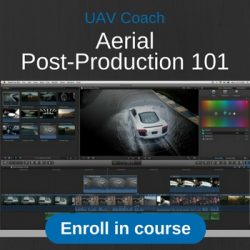
One of the first things that comes to mind when thinking of drone profession is to use the camera and just take photos and video for a client, stock footage or for having
a printed collection.
While this can be lucrative, shooting photos and video is perhaps the most densely populated sector of commercial drone profession and even worse still there are a lot of under-qualified pilots shooting the video for dirt cheap thus undercutting the competition and causing strain on more qualified drone photography.
Compared to other drone profession fields, becoming a professional drone pilot is fairly easy overall.
All things considered, when you’re in the air, you’re a pilot first and a cameraman second which is why your first order of business should be to buy an inexpensive drone and learn to fly it well.
Mastering throttle control and orientation before buying a more expensive drone for photography.
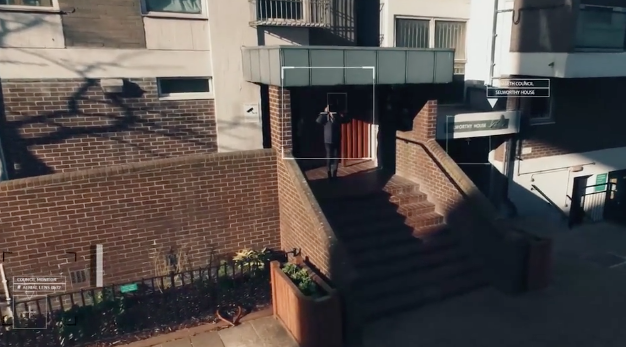
Sreenshot Liam Young/Vimeo
While a larger drone is easier to fly, without any experience it’s likely that you’ll crash, potentially destroying your brand new drone costing hundreds if not thousands of dollars or worse, injuring somebody else.
You wouldn’t learn to drive a car in a Bentley, and the same applies to drones. For less than $100 you can get a small, durable drone which you can fly and crash to your heart’s content.
Aircraft
A lot of newer drone photographers will start out with a DJI Phantom, partially because of brand recognition, and partially because of its sheer value at the moment.
Building a similar drone to the Phantom 3 4k (not to be confused with the Phantom 3 Professional which adds DJI’s Vision Positioning System) costs significantly more to get in the air versus DJI’s offerings.
While the camera is good, and their network based FPV system is solid enough for most pilots, the phantom 3 does have a few drawbacks, mainly the cost of additional batteries.
Because the Phantom 3 uses a proprietary connector, you can not use a standard 4400mah lipo no matter what connector you solder on.
A DJI battery costs $160. However, even with the inflated cost of batteries, the Phantom 3 would still be less expensive to start off with than a similar DIY multirotor.
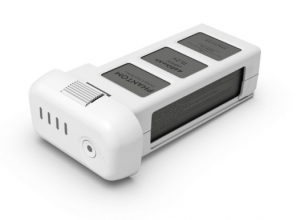
If you want to go one step above the Phantom, DJI’s Inspire One and Inspire One Pro makes for a solid upgrade over the Phantom 3 with its dual operator setup, and further improved camera/interchangeable lenses on the Pro version.
The Inspire One has the added benefit of looking less “toy like” than the Phantom, mainly due to its more industrial, practical design.
This actually does matter in terms of public perception, as the Phantom has a negative reputation at the moment, especially after a government employee crashed one onto the white house lawn last year, that and all of the first flight flyaway videos people have posted on YouTube.
That said, the Phantom 3 4k is still a very capable drone.
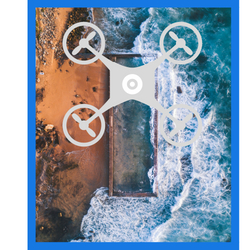
Beyond basic ready to fly multirotors, there are plenty of DIY options out there, however most of them can’t compete with the value of the phantom or inspire.
That is, unless you want a higher end rig which you can also repair and maintain more easily as well as upgrade to your heart’s content.
If you’ve already learned to fly smaller multirotors and want to use a DSLR sized camera for filming, you can pick up a large octocopter frame like the s900 from DJI or tarot 680 and attach a gimbal to it.
Then, for an FPV system, most people will use a ground station with an external screen in order to be able to maintain line of sight flying.
A high end aircraft like this however is likely to cost you thousands, if not tens of thousands of dollars when accompanied by a good DSLR, which is why you are going to need to already be a solid drone pilot before you even fly your new rig, else you may crash it before it pays for itself.
This route is not for the feint of heart however, as once you’re setup and in the air, you’ll have a multirotor costing thousands of dollars carrying potentially tens of thousands of dollars in camera equipment.
Which is why if you decide to follow this route you need to already be a good pilot and understand multirotor maintenance and care.
If you don’t, and something goes wrong with a motor because you didn’t clean or a battery explodes because you didn’t charge it right, not only would you lose the client, but also thousands, if not tens of thousands, of dollars of equipment.
If you know this, and still want the very best that money can buy then you would be best off learning to build your aircraft yourself, as buying one pre-made can add quite a bit of cost, plus if you know how to build it, you’ll be able to perform routine maintenance with no trouble at all.
Accessories For Any Drone Profession
No matter what drone you get, you will need accessories for it, common accessories include
Extra Batteries:
More important than almost anything else, you will need additional batteries if you intend to do any professional work. Ideally, you should have at least 3 batteries, but you can never have enough batteries
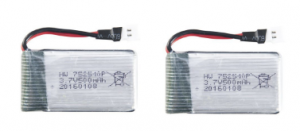
Travel Case:
You need a safe way to haul your equipment around without getting it damaged. Most drones have third party cases available by now, and if you can’t find one for yours, there are plenty of companies who will do custom foam cutting for you.
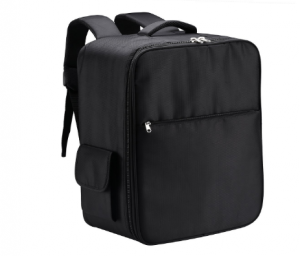
Multiple Battery Charger:
Batteries can take a while to charge, using a parallel charger is a good idea however you should first look into instructions for using your charger in order to stay safe
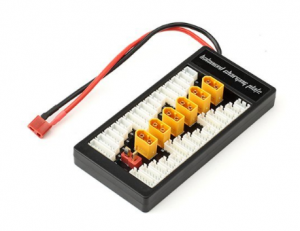
A Large Battery:
While on a shoot, it’s possible that you won’t have access to an outlet to plug in your charger. an external battery can be a lifesaver in these situations.
If your charger has a 12v input that can be connected to a car battery (generally only hobbyist chargers offer this), if your charger doesn’t take 12v, you can attach a 12v power inverter like this, in order to safely charge your batteries.
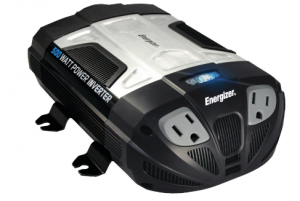
Sun Shade:
If you’re using an external screen for viewing your shots, a sun shade can come in handy if you’re in a bright area
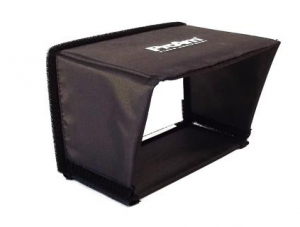
Extra Parts/tools:
Screws, nuts, props, anything small but important, you never know when they may come in handy, same with tools.
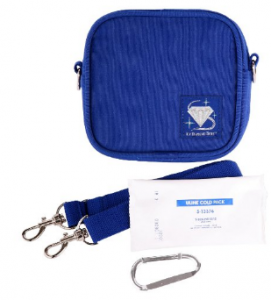
Other requirements before working on a shoot
It is also important that you fully understand DSLR operation and terminology before your first job taking photos or video with your drone.
If you don’t, you’ll come out looking like an amateur to your clients, risking your ability to get drone photography job in the future.
Information about DSLR photography is readily available nowadays, meaning that you can obtain an intermediate skill set without having to leave your home.
That said, it would still be advisable to take some sort of drone cinematography class in order to learn how to frame shots well, as well as some of the intricacies of working on a set.
Before you can fly your drone commercially, you are required by law to get a section 333 exemption from the FAA Before participating in any drone cinematography flights.
This is of course in addition to registering your drone online. However, the FAA is currently reviewing the process and is expected to make further changes to it in the near future in order to streamline it.
Starting out
When starting out with a drone profession, it can be difficult to find clients at first. One of the best ways to actually start making some money is by taking a lot of good video, and licensing it to stock photo/video companies.
It may not be a lot of money, but its income that you can use to offset the cost of your equipment. Many business will also want photos/video for websites and advertisements, if you can get in contact with them, this can also be a solid route.
Many groups will also want footage from local events either for news or advertising, so keeping tabs on what is happening locally is a good idea for drone photography.
While doing all of this, you should work to establish a portfolio of your work as well as a website to advertise yourself
Most professional shoots are fairly similar right now as many directors really don’t know what to do with drones yet. Even so, you should ask your client what in particular they want highlighted, this is also a good opportunity to explain some basic safety guidelines with them.
Once you’ve done that, you’ll be ready to begin your professional drone photography and cinematography.
Drone Photography FAQ
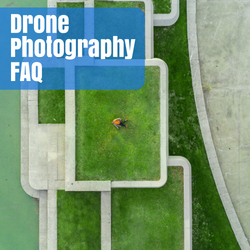
What is drone photography?
On a definitional level, drone photography is exactly what it sounds like – the capturing of still images by an unmanned aerial vehicle. But the field of drone photography is an artistic endeavor just like any other form of photography, one that focuses on capturing great aerial shots and taking pictures of places that nothing else can reach.
How to do drone photography
Nearly all commercially available drones come with a camera or an action mount you can use to attach a GoPro, so drone photography is actually pretty easy! Often you will have to connect the drone to your smartphone or tablet and it will stream live-action first-person footage so that you can see what the drone is looking at and line up the perfect shot before taking a picture. From there, the only limit is your own creativity and your knowledge of the medium of photography.
How to get into drone photography
Getting into drone photography is simple! The first step is simply to buy a drone – there are plenty of great photography drones available for under $150. Then you will likely have to connect the drone to a mobile device via Wi-Fi. From there, taking a picture should be as simple as pressing a button.
If you want to get into drone photography as a professional field, you’ll need to buy a more expensive drone – probably something from the DJI or Yuneec lines. Then you’ll have to get a license to operate the drone commercially. Then you’ll need to start finding clients (most drone photographers charge an hourly rate) and building your business like you would any other. We describe this in more detail elsewhere in the article.
Which drone is best for drone photography?
There are tons of great drones with cameras available if you know where to look (and lucky for you, you’re in the right place.)
For professional purposes, we recommend the DJI Phantom 4 as the industry standard, though some people prepare similar models like the Yuneec Typhoon H or the Autel Robotics X-Star Premium.
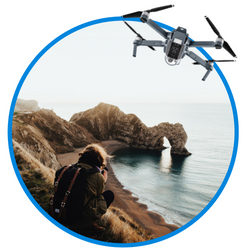
How to market drone photography
Marketing drone photography is a lot like marketing any other business. You’ll want a website of some kind for sure and a specific brand or strategy that sets you apart. Then you need to find customers who are looking for drone photographers for an event and start reaching out to them, making sure you look better than the competition.
Once you’ve built a small customer base, you can offer deals and promotions if they get people they know to come to you and start expanding your business.
How much does drone photography cost?
You’re probably going to spend $700-$1000 USD on a professional quality photography drone. Beyond that, if you’re setting up a profession you’ll need to set aside some money for website hosting (although you can do that for cheap or even free with sites like Wix or Squarespace) and marketing, the cost of which can vary quite a bit.
Who uses drone photography?
A lot of people are using drone photography to make their special events (weddings, etc.) even more special. Drone photography is also used by nature and wildlife photographers, real estate agents, and many others in the modern professional photography business.
How to make money from drone photography
Making money from drone photography will require you to start a business, create a website, and start finding clients. Having a strong understanding of the photography business will be important, but having a strong understanding of how to pilot a drone will be important as well, because you’ll want to make sure you’re providing your customers with the best quality photos possible so that they come back for more in the future.
When is drone photography illegal?
Drone laws vary from country to country and state to state, so be sure to read up on your local regulations before getting into drone photography. In general, recreational drone photography is legal as long as you stay low to the ground and aren’t photographing other people without their permissions.
In America, commercial drone photography requires a license from the FAA. Commercial drones that weigh over half a pound may not be flown over a group of people, must remain in view of the operator at all times, and must be flown during the day. Violating these three rules is illegal.
Cinematography Drones FAQ
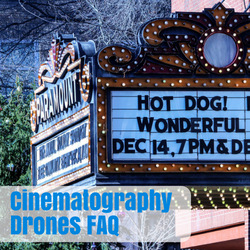
What is drone cinematography?
Drone cinematography is the process of directing video footage that is being captured by an unmanned flying vehicle – planning up shoots, setting up the location, and often (but not always) flying the drone during filming. Drone cinematographers usually work with a crew of other people.
Is drone cinematography the same as drone videography?
Drone videography, which we wrote all about here, involves one person (or sometimes a very small crew) taking video for an event or a company using drones. Drone cinematographers serve a smaller purpose on a large crew by taking charge of the shoot and making decisions in regards to lens choice, exposure, lighting, composition, filters, camera movement, color-grading and more.
Traditionally, there’s a big difference between videographers and cinematographers, but the lines have blurred somewhat with the advent of drones because it is much easier for the cinematographer to also be the camera operator/pilot when you’re working with quadcopters and FPV video.
Who uses drone cinematography?
Drone cinematography is becoming a big part of the movie business, and has been used in films like Skyfall, The Wolf of Wall Street, Captain America: Civil War and more! They’re a lot cheaper than helicopter shots and drone technology has advanced to the point that the audience can’t see any difference in how they’re filmed.
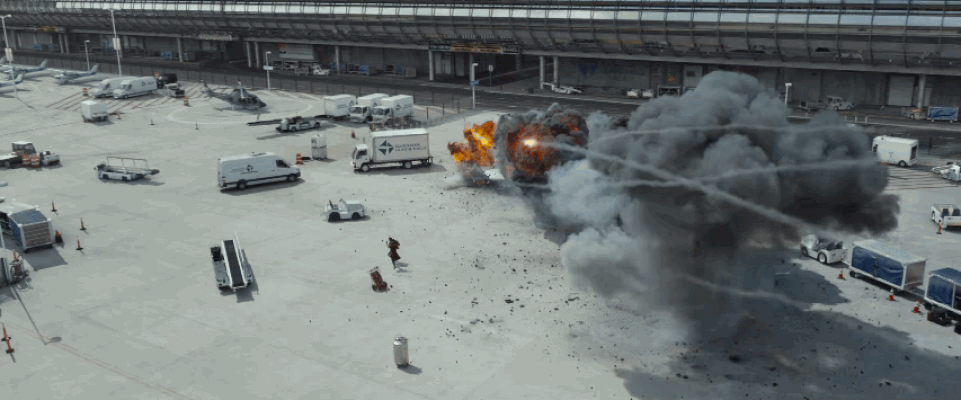
How to get into drone cinematography?
There are lots of ways to get into drone cinematography in 2018! As with photography, you’re probably going to need to buy a more expensive $800-$1000 drone if you want to be professional.
From there, you could get involved with a drone film festival or video competition and start submitting your completed films to various places to make money as an amateur drone filmmaker. Who knows? If your work gains traction maybe you could get hired as a professional drone operator on a big Hollywood film someday!
Which drone is best for drone cinematography?
There are many, many drones that are used for drone filmmaking and cinematography, and every cinematographer will have his, her, or their personal favorite. The DJI Phantom 4 is a solid industry standard that can take 4K video, and the DJI Mavic Pro has a number of features specifically designed for professional drone cinematographers. If you want to get away from the DJI line, Horizon Hobby’s 350 QX3 AP Combo drone is a popular alternative as is the Yuneec Typhoon H.
When is drone cinematography legal?
Drone cinematography has the same rules as drone photography in most areas (again, it is crucial that you consult your local ordinances before getting involved with drone photography or cinematography.) In the US, you’ll need to secure a license from the FAA before embarking on any commercial drone profession. If your commercial drone weighs over half a pound, you cannot fly it over a group of people, out of sight of the drone operator, or at night.


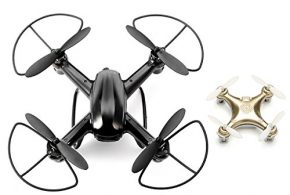
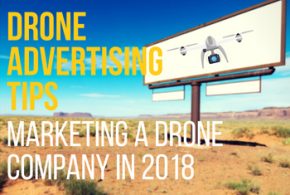
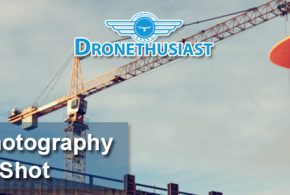

Great info! Thank you.
Thank you for your help, I am seeking a career in aerial videography and photography. This has helped me a lot! If you have any more information, like kits, what video equipment I need or anything else, please let me know. Thank you! You are a blessing, and I hope you are blessed!